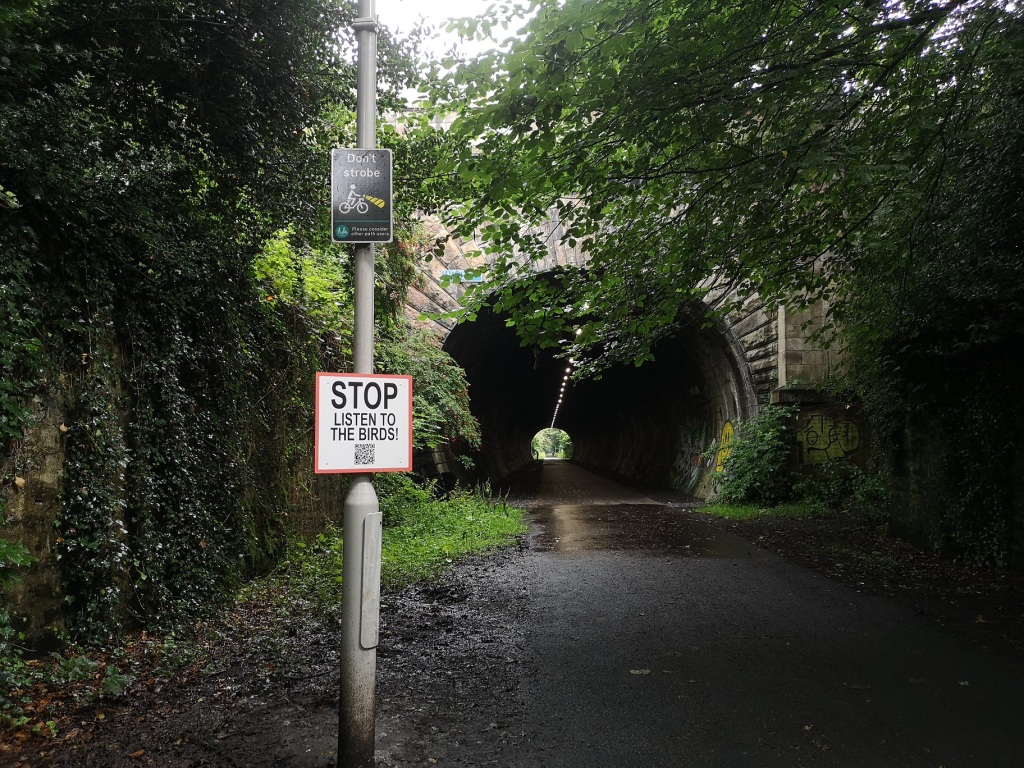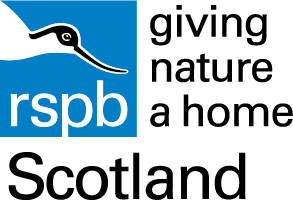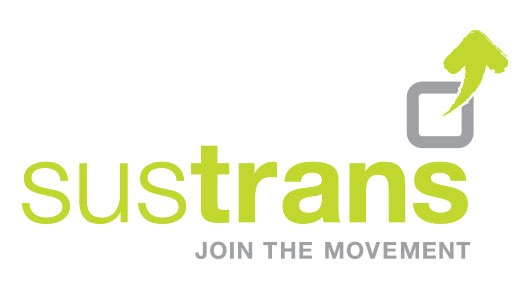A site-specific sound-art installation in the Trinity Tunnel on route 13 (Trinity to Granton) of the Edinburgh cycle path network where it goes under East Trinity Road #nobirdsland
August – November 2021

Location
Find it here: ///hands.calculating.wiping (South end)
wins.trial.preoccupied (North end) 55.976045, -3.203276
Sound poem
This is the link for the sound poem which you can listen to as you walk through the tunnel. You will need headphones to hear it. It is hosted by soundcloud and this link will take you there:
You can also access the sound poem from the QR code on the signs at either end of the tunnel if you have a smart phone.
Our wildlife is key to our environment, and, with so many of our iconic bird populations in decline, it’s vital that we invest in supporting and protecting them. It’s a unique piece of art and I’m looking forward to visiting it. I’m always excited in art that explores wildlife and our environment. I will be heading to the unlikely location of Trinity Tunnel where I will stop, relax and listen to the birds.
Scottish Greens MSP for Lothian, Lorna Slater
In the poem, I am not pretending to be a bird, nor reproducing or emulating realistic bird sounds and song. I am acknowledging how easily we attempt to wield power over other species and appropriate others’ languages without their permission.
Sometimes it’s only when you don’t see them that you notice they’re not there.
Amanda Thompson
The Trinity Tunnel
The Trinity Tunnel is a disused railway tunnel that is now part of the extensive Edinburgh cycle path network. Before and after entering the tunnel, the air is full of birdsong; inside there is little or none. This sound-art installation recognises that no birds land or alight there (although occasionally one flies through), that it is a sort of ‘No Man’s Land’ for birds, though humans built the sandstone structure to transport goods and each other between Granton Harbour and the rest of the city.
No Man’s Land originally denoted contested territory between fiefdoms, even a place of execution. It is now often remembered as a WW1 area of land between two trench systems which neither side wished to cross due to fear of attack and death. Except, that is, on Christmas Eve of 1914 when it is known that British, French and German soldiers came together to smoke a cigarette, carry out joint burial ceremonies, and have a chat – somehow communicating in their different languages.
In this place of cold stone where moisture trickles and calcite forms weird shapes, no birds land and no birds sing.

You will find signs saying ‘Stop! Listen to the Birds! at the two entrances to the Trinity Tunnel which is 183 of my paces long (146 yards, 390 foot). A double track railway ran through here from 1842. Above your head is an elliptical or horse-shoe shaped roof with new, brighter lighting (thanks to the council).
In the tunnel itself there are a series of hooks on the west wall (as you are walking towards Granton), which were for cables and wires when the tunnel was used by the Edinburgh, Leith and Granton Railway before it ceased operations in 1986. Festooned along them is a length of bunting made of found materials with illustrations of birds. On the reverse of each pennant is a word which aims to recreate a bird sound, an explicit appropriation of an other-than-human ‘language’. A pennant is a commemorative flag, used historically, but I prefer to call it Bunting, a word that has been used since the 14th century for a lark-like bird which we know as yellow-hammers. Yellow hammers are said to sound as if they are saying ‘a little bit of bread and no cheese’. Try saying it fast!
All about the birds
RSPB Yellow Hammer info and song
The birds you see are sketches and impressions, they’re not real. The sounds you can read on the reverse of the pennants are rough translations of what are actually rich varieties of tone and timbre. They have been translated into the less melodious, simplistic human words. The only bird sounds you will hear in the tunnel are these approximations: tic tic tic tic – the Robin’s warning call, chiff chaff chiff chaff chiff chaff, tweet tweet tweet, you know how it goes – chirpy chirpy cheep cheep chirp. I cannot play you their songs in this place, even if, as in the Japanese shopping centres, they might calm you, bring a smile to your face.
This is no place for the birds; this land, like so much of the British Isles and elsewhere, is inhospitable and uninviting to them.
Over increasingly large areas of the United States spring now comes unheralded by the return of birds, and the early mornings are strangely silent where once they were filled with the beauty of bird song.
Rachel Carson from Silent Spring

In the Trinity Tunnel there are no ledges nor perches, no nooks and crannies to nest in. There is nowhere here to stand and preen feathers or sing from. We are replacing old barns and houses which had eaves and rafters, with edifices of vast glass windows and metal corners, but birds cannot live or raise their young in and on them. We are clearing hedges, spraying pesticides and extending fields so far to the edges that birds natural habitats are destroyed and poisoned. In the UK, we have created places where birds used to, but cannot now thrive. This has resulted in drastic changes in avian behaviour and deaths. There is more info on the RSPB site here.
In the 2 minutes it takes me to walk through the tunnel, it is believed that 2 pairs of breeding birds will disappear. (See below for source).
If we listen, tune in to birds, we can learn. Mozambican people can whistle to honey birds (or honeyguide birds) and understand their calls. The birds tell them where the bees are, the people harvest the honey and this lets the birds get the wax and grubs afterwards. It benefits both – it really happens.
scientists have now discovered that the birds can be attracted out of the trees by a distinctive trilling sound that local hunter-gatherers use while looking for honey. According to the researchers, hunters are taught this special trilling noise by their fathers.
Jules Howard in The Guardian
In other parts of the world, women and men have learned to flute and trill like their native birds, so that their voices carry across dense forests. They are amplified, making sounds that are far bigger than we are (like wrens do closer to home).
There are some who recognise the difference between a warning call and a serenade – think of that! If we all knew and taught our children, we could choose to keep out of the way of birds when they are nesting, and delight in their courtship rituals. We could be warned, too, that a hawk is overhead or a fox on the prowl down below.
In the absence of birds, we would have to create them, to create our own version of them, their song, and appearance. But I ask you, how long will it be before we forget what they sounded and looked like, before we have to rely only on recordings and photos? Will we lose the memory of what delights us about them, will we forget our felt sense of how they really were, how it was to be in the same world as them?
In the silence of the Trinity Tunnel, you don’t have the privilege of being regaled with their songs.
No Birds Land Video on YouTube
You may also be interested in:
A second art installation and sound walk on the Chancelot Path of the Edinburgh cycle path network: Is There a Place for REVOlution or Peace and Biscuits
Links
The sound poem was inspired by Gertrude Stein’s If I Told Him: A Completed Portrait of Picasso (1912) and the quotes are by Stein and Gail Simmonds’ in The Country of Larks
This project was shortlisted for a Sound Walk September award and can be found on Soundcloud.
The information about bird statistics comes from birdlife.org
Some of the tunnel information came from forgottenrelics.co.uk
Here is the Guardian source in the quote above
No Birds Land is in partnership with the RSPB and Sustrans.
With thanks to the City of Edinburgh Council and the following people: Ewan Davison, Ken Cockburn, Cosmo Blake from Sustrans, Erica Mason and Nick Hawkes from RSPB, Fiona Underhill of the City of Edinburgh Council, Eleanor Bird, Jim Campbell, Amy McNeese-Mechan, Logan Rutherford, Alan Moonie, Stephen Knox, Cammy Day, and Alice Cockburn.







Thank you very much, Lesley, I am so pleased that you enjoyed it
LikeLike
Such a wonderful idea!! I went to the tunnel this morning. The installation really made me stop and look and listen. It’s really worth five minutes of your time in a busy day to take a moment to linger.
The sound poem is excellent, and very well performed – I didn’t want it to end. I don’t have headphones, but my phone was perfectly audible, in fact I had to turn the volume down! Isn’t technology wonderful?
While I listened, I was also drawn to the amazing colours and deposits oozing through the walls of the tunnel. There should be more creations like this around the city so we can learn to observe our surroundings.
Thank you.
LikeLike
Wonderful new post — you are so full of outragously unexpectedly appealing ideas for PLACE. And great tips on trying to listen properly to birdsong. I went out my front door to to test the air this morning and encountered a little hummingbird hopelessly trying to juice up the only thing freshly blooming in my front garden, can’t remember what it’s called but the flowers far too small and compact for a hummingbird’s beak. They are around a lot but rarely in garden although also I have Arizona honeysuckle, which has a lovely long tube and bright red flower, but it is not in bloom right now. I retreated very quietly, but also I don’t know if hummingbirds have a voice or if we can hear it. Hope to comment later on your tunnels, hope to visit your sites, when recovered from ghastly injection of some sort of steroid yesterday enacted by nasty male doctor.
Meantime, want to send you a postcard but seem not to have your home mailing address?
xxxx from afar xxx Irene
________________________________
LikeLike